
Refugees taking asylum within other countries’ borders affect the economy of the host country and surrounding countries. People fleeing usually choose neighboring countries of their homeland, some of these being lower-income developing countries. While the effects are varying, several outcomes influence the economy of the host country in a positive manner and indirectly act as an economic impact of refugees on neighboring countries.
Education for Refugees
One such outcome is the development of education for refugees. This provides education for children in the host country that originally could not obtain such an opportunity. The use of international aid organizations has furthered the building of schools and training of teachers. These organizations seek to invest in the host countries development to ensure that the needs of the refugees are met, and thus bolstering that country’s economy.
Each individual person seeking asylum also brings a skill from home to the new country. As unemployed refugees come, there are a variety of skills and occupational backgrounds that are also brought — for instance, doctors, lawyers, nurses and carpenters. This influx of vocational skills can alleviate issues of a demographic crisis or an in-country population decrease.
Refugee Economic Status
Establishing desirable economic status as an individual provides an economic gain to the country and allows refugees to more easily integrate or move into other surrounding countries. An economic gain to the host country in the form of a working-class can result in positive economic impacts on neighboring countries.
Economic stimulus for the host country can further be developed through local food purchase, non-food items such as shelter materials, disbursements made by aid workers and assets brought by refugees. Purchasing products from neighboring countries is another of the positive impact of refugees on neighboring countries.
Refugee Strain on Infrastructure and Foreign Aid
A large influx of refugees to host countries does strain the country’s current economic infrastructure and call for emergency financial assistance. In a case study done on the 1999 Kosovar refugees, the International Monetary Fund and the World Bank estimated that host countries needed $52 to $188 million to appropriately deal with humanitarian needs. To accomplish this, these countries often look to developed countries to provide foreign aid.
Foreign aid given by countries can help increase the host country’s economy while also providing a peaceful presence to aid the in-need nation. Aid simultaneously benefits the receiving countries economy and the giving-country’s future economic gain and presence in foreign affairs.
Although hosting a large population of refugees can create a burden (especially on developing countries), the positive impact of refugees on neighboring countries is extremely apparent. These benefits provide an incentive to give asylum to those fleeing from conflict.
– Bronti DeRoche
Photo: Flickr
 The world has witnessed the severe effects of violence, poverty and injustice throughout the globe, and innocent people continue to suffer the consequences. The United States and several other countries have often offered refuge to those
The world has witnessed the severe effects of violence, poverty and injustice throughout the globe, and innocent people continue to suffer the consequences. The United States and several other countries have often offered refuge to those 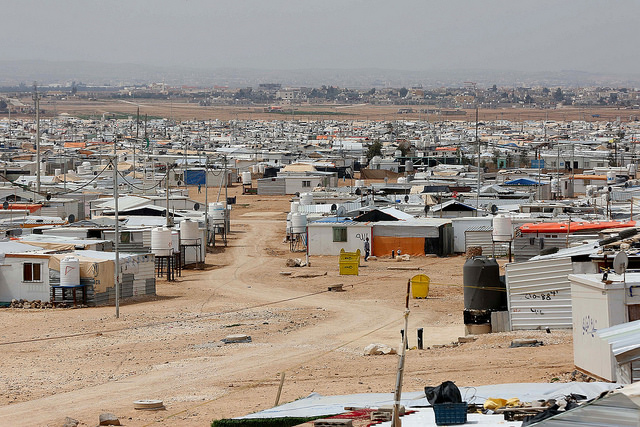 People from all over the world seek asylum in refugee camps. But what exactly is a refugee camp? A refugee camp is a quickly built shelter for refugees who are fleeing for their lives because of violence and persecution. Approximately 28,300 people are forced to flee their homes every day because of persecution and crises. Refugee camps serve as a temporary safe haven for people in need and provide aid such as food, water and medical attention. Understanding key facts about refugee camps better explains their purpose and their struggles.
People from all over the world seek asylum in refugee camps. But what exactly is a refugee camp? A refugee camp is a quickly built shelter for refugees who are fleeing for their lives because of violence and persecution. Approximately 28,300 people are forced to flee their homes every day because of persecution and crises. Refugee camps serve as a temporary safe haven for people in need and provide aid such as food, water and medical attention. Understanding key facts about refugee camps better explains their purpose and their struggles.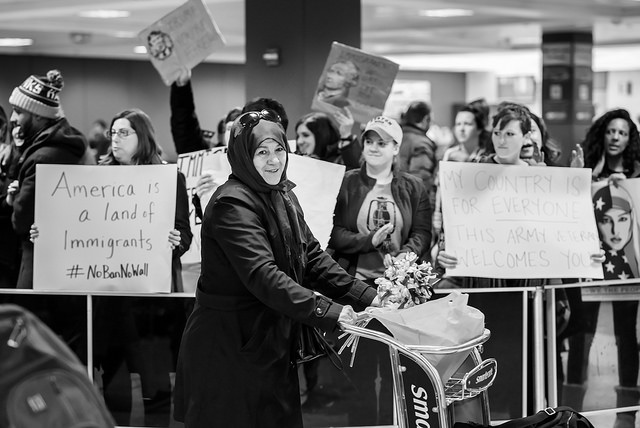 What is the difference between an immigrant and a refugee? The terms migrant and refugee are often used interchangeably despite the fact that there are definitive differences between the two.
What is the difference between an immigrant and a refugee? The terms migrant and refugee are often used interchangeably despite the fact that there are definitive differences between the two.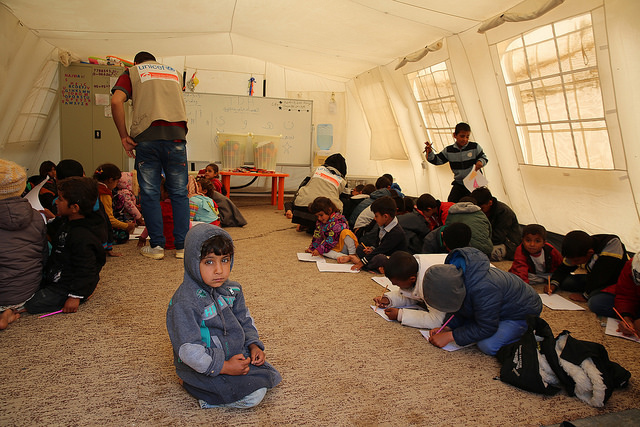 The displacement of thousands of people has caused one of the biggest refugee crises in history. For refugee children, one of the main concerns they face is falling behind in their education. Over three million refugee children have no school to go to, with over one million not being able to enroll in primary school. Learning is important for the development of children, but in crisis situations, it tends to be pushed aside. It is essential to focus on improving education for refugee children so that future generations do not fall behind.
The displacement of thousands of people has caused one of the biggest refugee crises in history. For refugee children, one of the main concerns they face is falling behind in their education. Over three million refugee children have no school to go to, with over one million not being able to enroll in primary school. Learning is important for the development of children, but in crisis situations, it tends to be pushed aside. It is essential to focus on improving education for refugee children so that future generations do not fall behind. 
 Escalating conflicts around the world, particularly in nations such as Yemen, Nigeria and Somalia, has led to a global refugee crisis. According to the United Nations Refugee Agency (UNHCR), there were
Escalating conflicts around the world, particularly in nations such as Yemen, Nigeria and Somalia, has led to a global refugee crisis. According to the United Nations Refugee Agency (UNHCR), there were 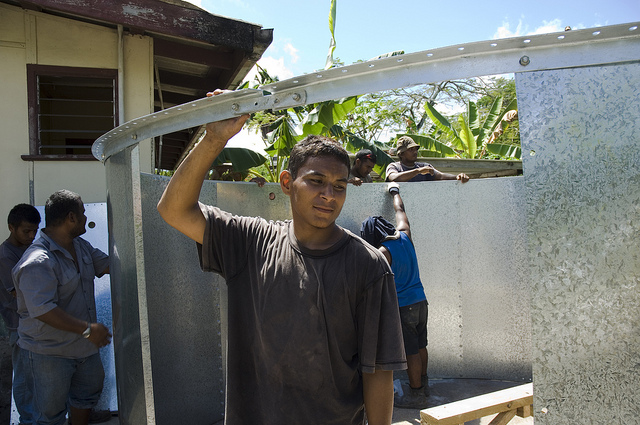
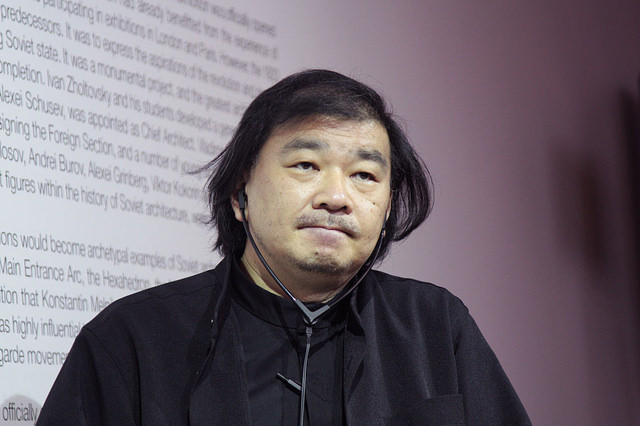 There are about
There are about 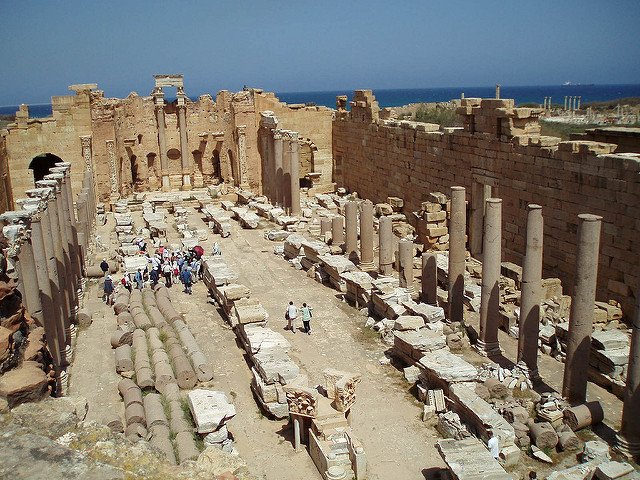 When the 2011 Arab Spring swept through the Middle East, it left behind a number of ongoing conflicts that still continue to rage. One of the most serious of these conflicts is the Libyan civil war, which began with the ousting and subsequent death of longtime ruler Muammar Gaddafi. The conflict has been a long and complicated one, with many different factions taking their turn in the spotlight. Below are 10 facts about the Libyan crisis:
When the 2011 Arab Spring swept through the Middle East, it left behind a number of ongoing conflicts that still continue to rage. One of the most serious of these conflicts is the Libyan civil war, which began with the ousting and subsequent death of longtime ruler Muammar Gaddafi. The conflict has been a long and complicated one, with many different factions taking their turn in the spotlight. Below are 10 facts about the Libyan crisis: